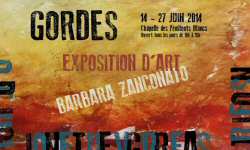My single line text

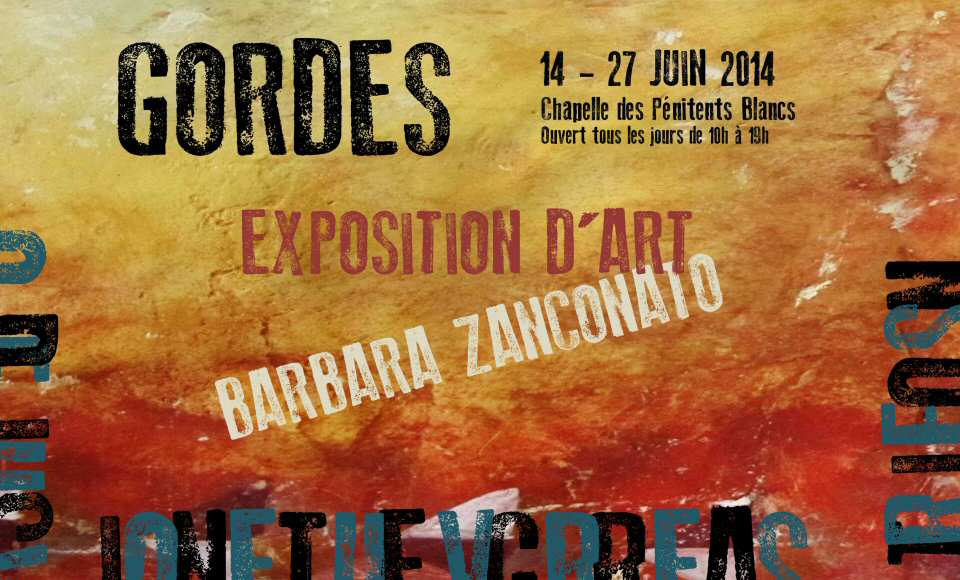

it is the story of a discovery, of a kind of revelation that suddenly materializes before the eyes of some of us. It is the story of an awareness, one that leads to no longer recognizing oneself in attitudes and ways of thinking, values and paradigms, in the ideals and goals of life, and to asking oneself "Who am I? What do I think? What do I feel? What do I want?"DISINTEGRATION
Disintegration because this state of mind, which gradually creeps up on us, shows that, in reality, we are (or have been until yesterday) a reflection of something else. In some respects, we realize that, perhaps, we are the result of the brainwashing to which we have been subjected from an early age, in which family and society have combined to inhibit the development of our unique potentials and aspirations, and to direct our dreams and our aspirations within the classic tracks of "normality" and compliance with pre-established rules, to direct our lives within existing paths. We must all be the same, have the same "normal" behaviour, aspire to "normal" life goals.
An example of this is offered today by women and girls who, since childhood, have been subtly instilled with a false ideal of motherhood as an essential element of female achievement.
A woman cannot feel complete without having had children. And, moreover, everything is ready to give the impression that becoming a mother is nice and easy, that becoming a mother made them feel realized, when the evidence shows that many mothers find themselves unprepared for the reality of motherhood, prey to feelings of inadequacy in dealing with the new situation and their interpretation of their new role: they discover that they are alone.
And yet sometimes it is precisely from this loneliness that many mothers learn for their children how to deal with seemingly insurmountable difficulties and trials, finding unexpected strength in the most hidden corners of their being...
Disintegration because the moment has arrived to break free of the chains and blocks that we have accepted for too long, it is time to enter our own depths to free that person that we are but which has till now not come to light, it is time to find and take care of that deep part of us, to rekindle the fire that, without air and without fuel, has become a tiny flame.
Disintegration is the story of a journey into the depths of a soul...
... a voyage which has only recently begun...

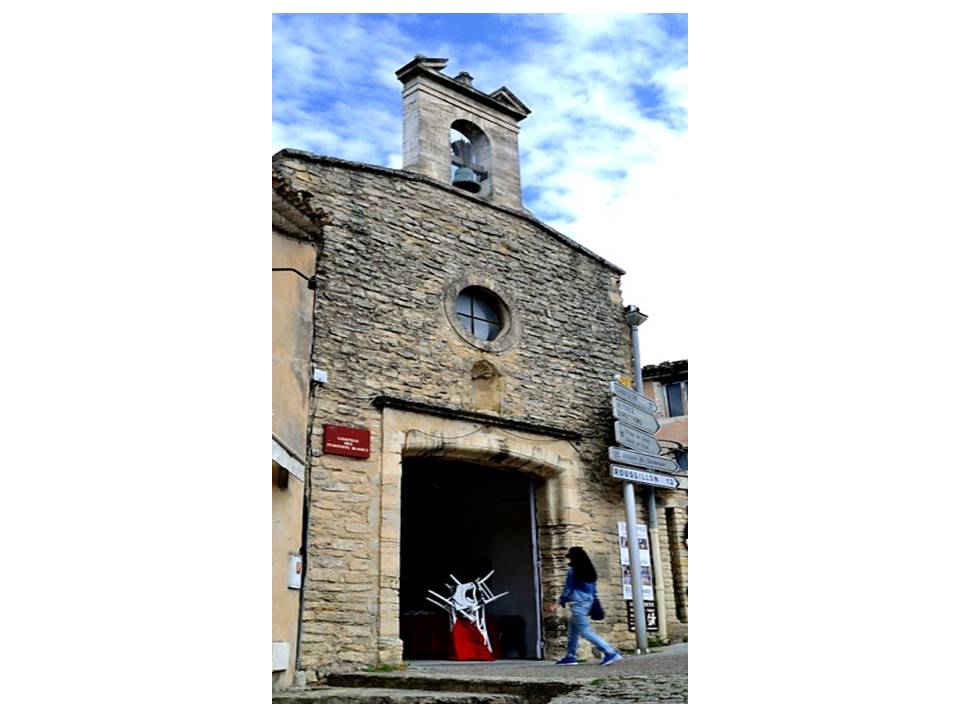
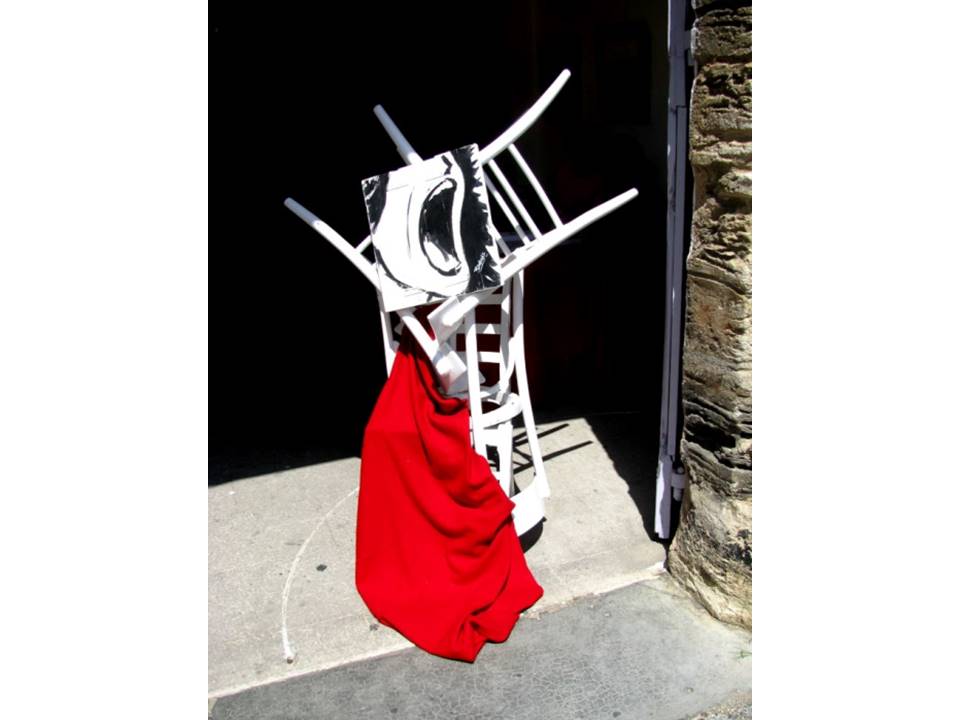
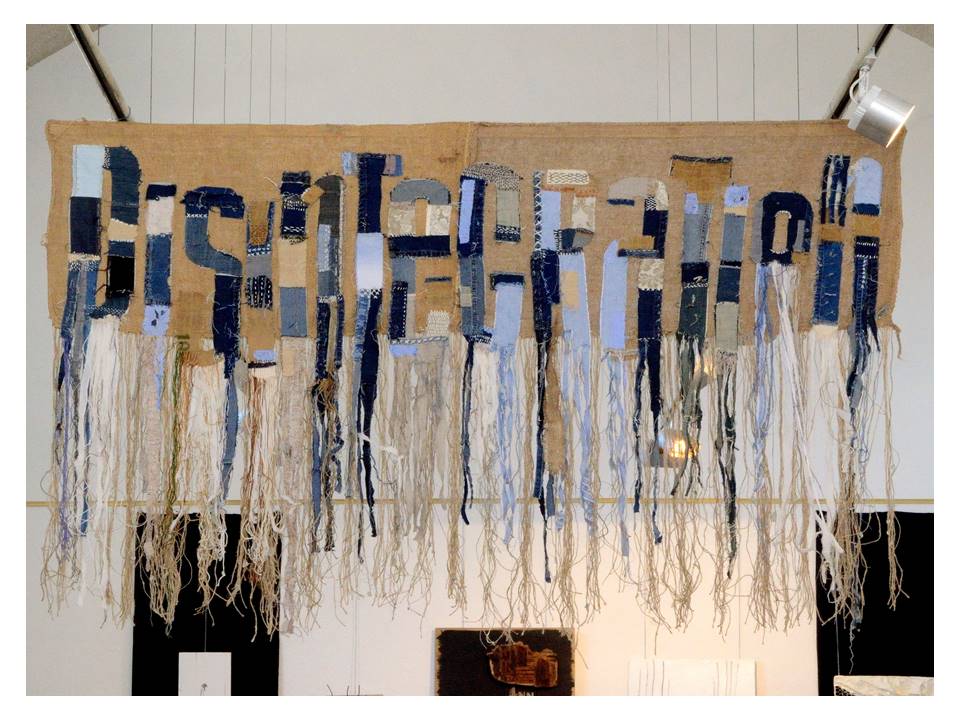
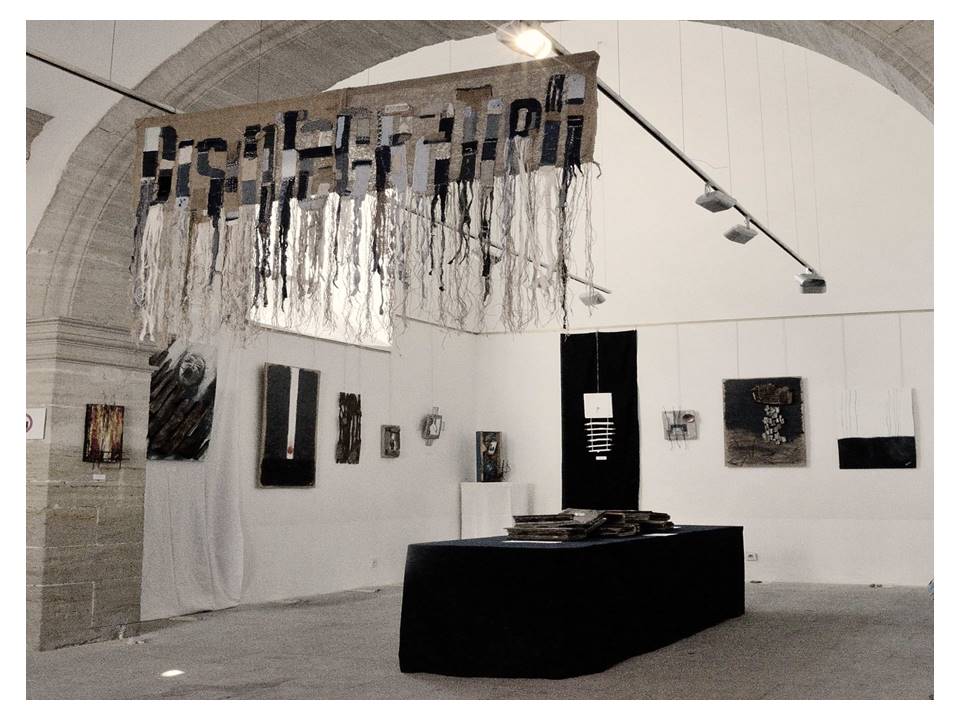
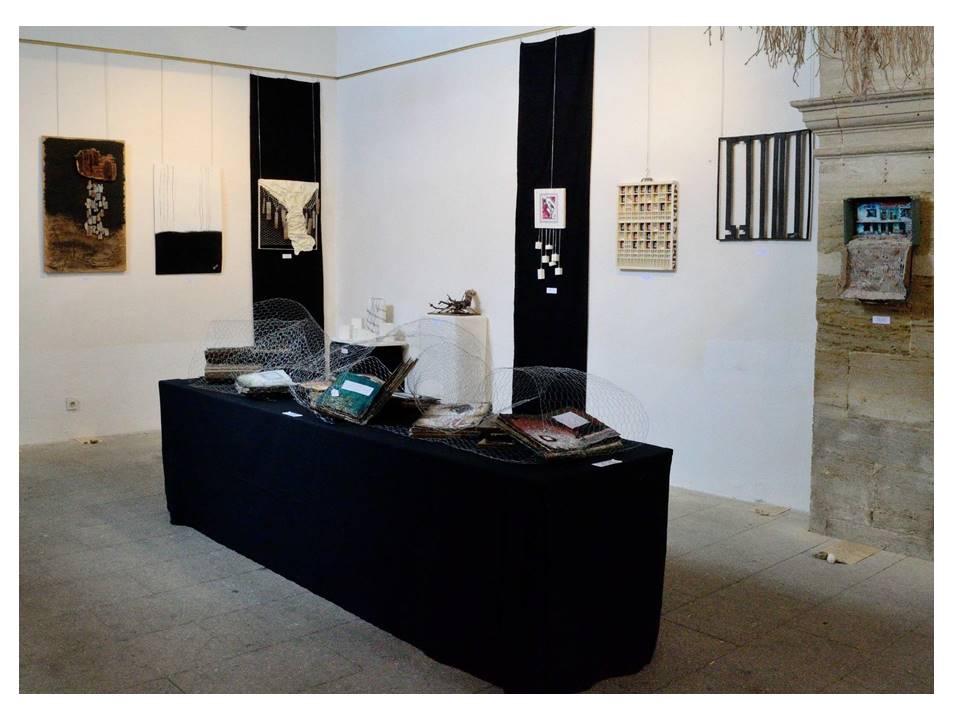

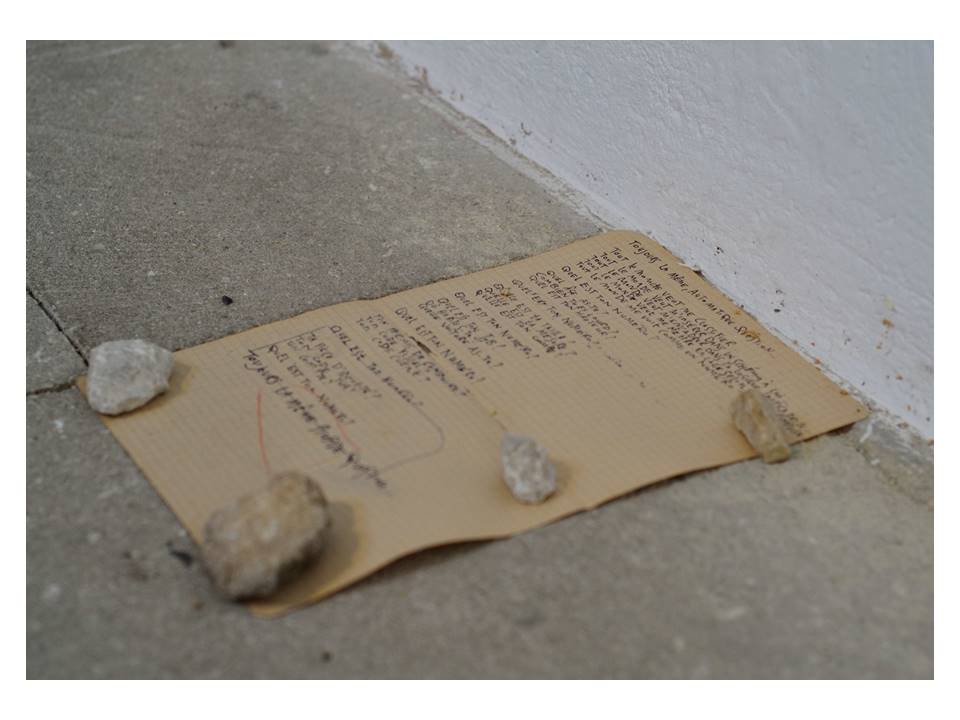
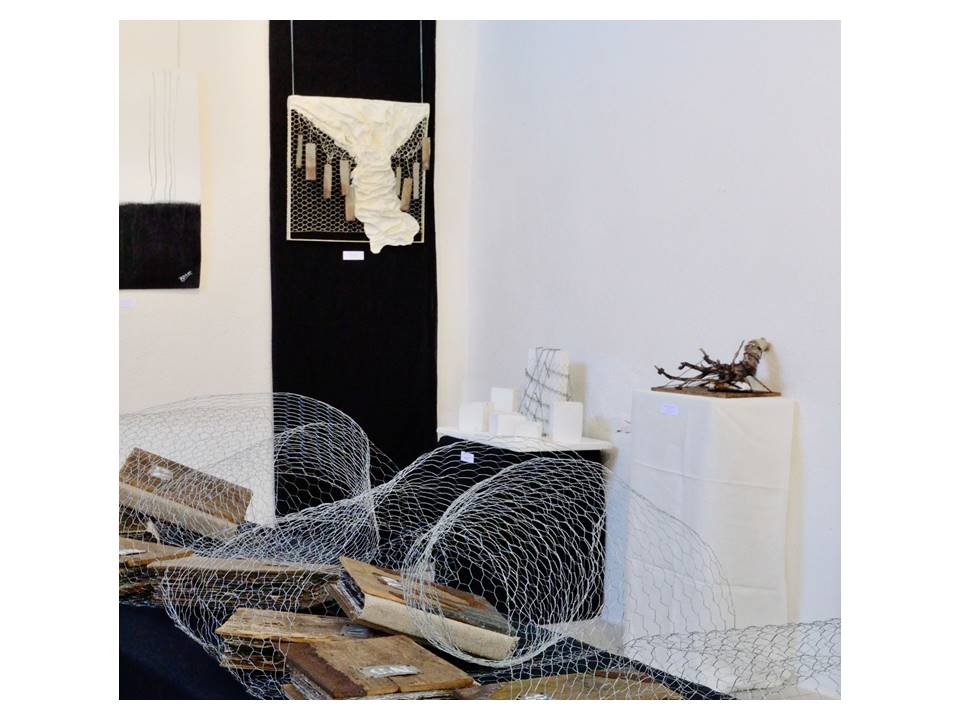
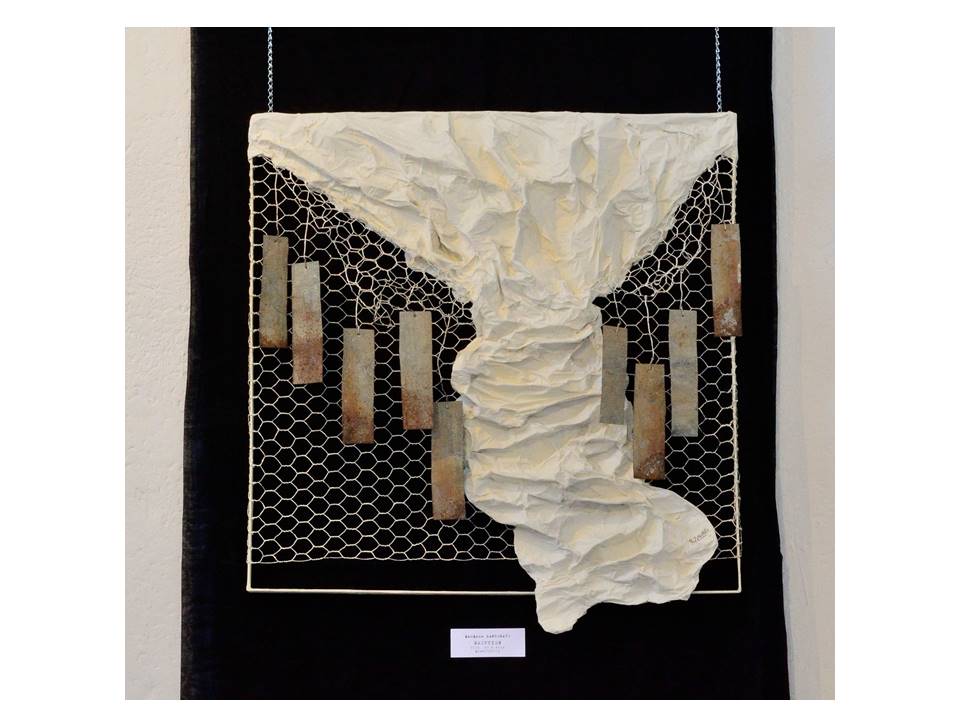
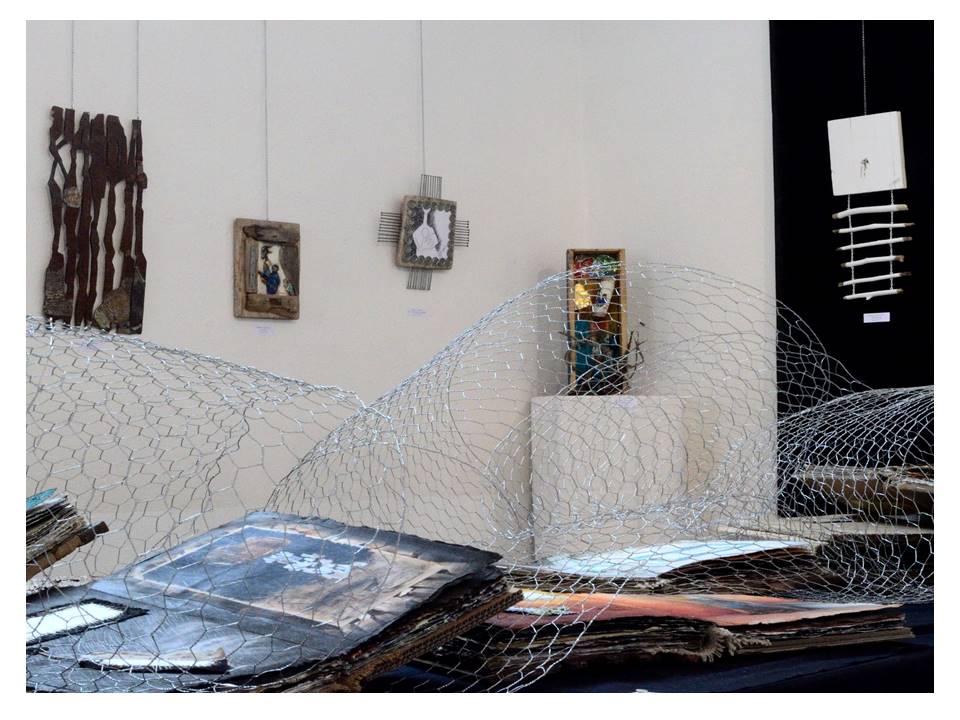
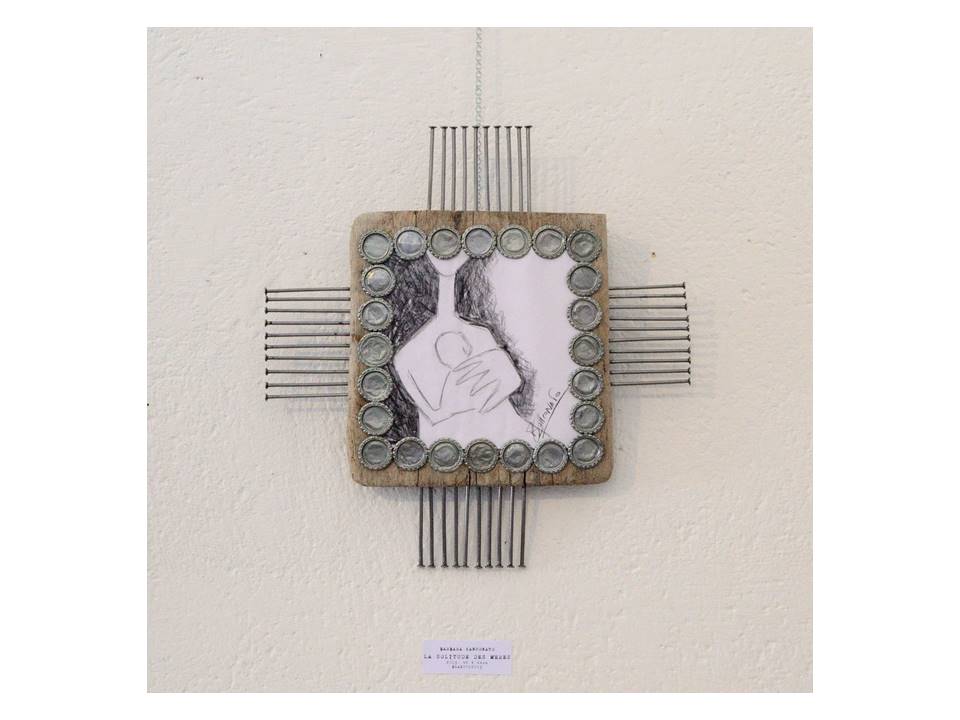
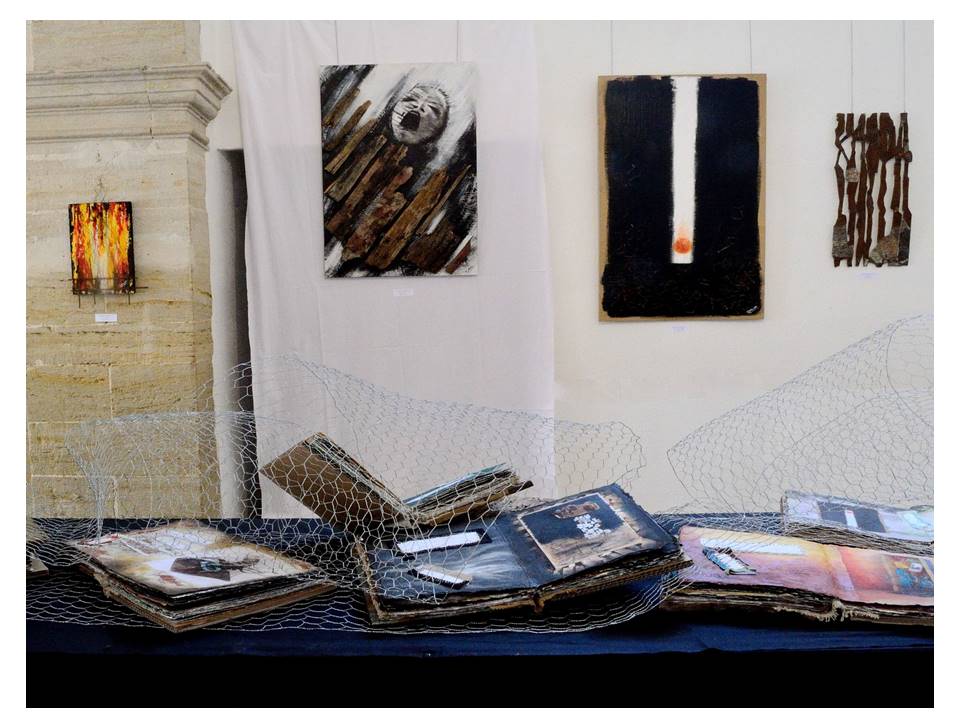
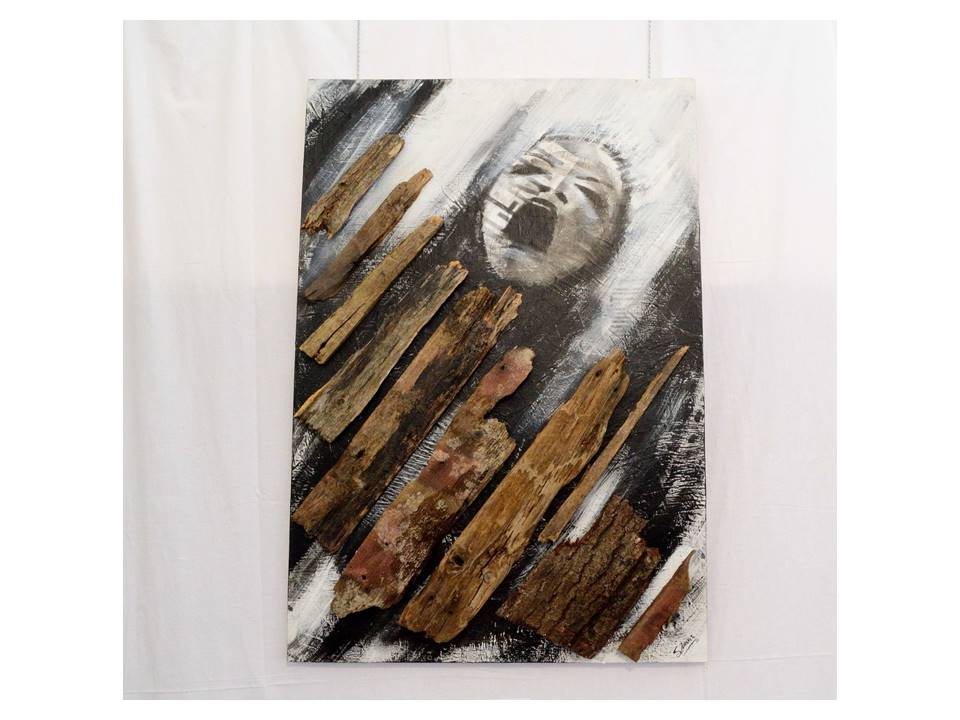
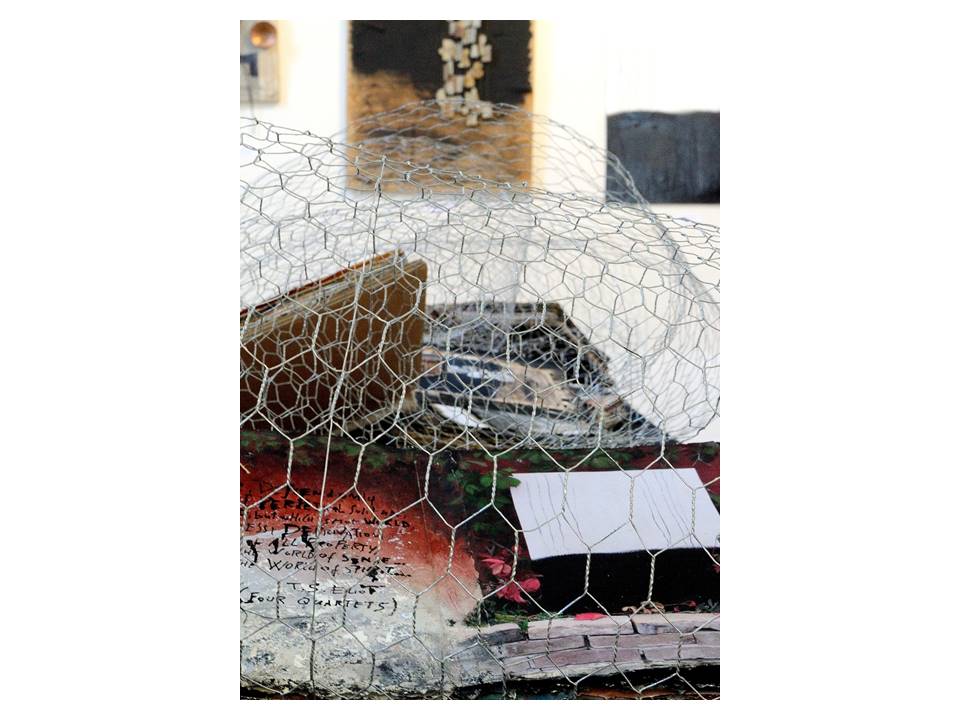
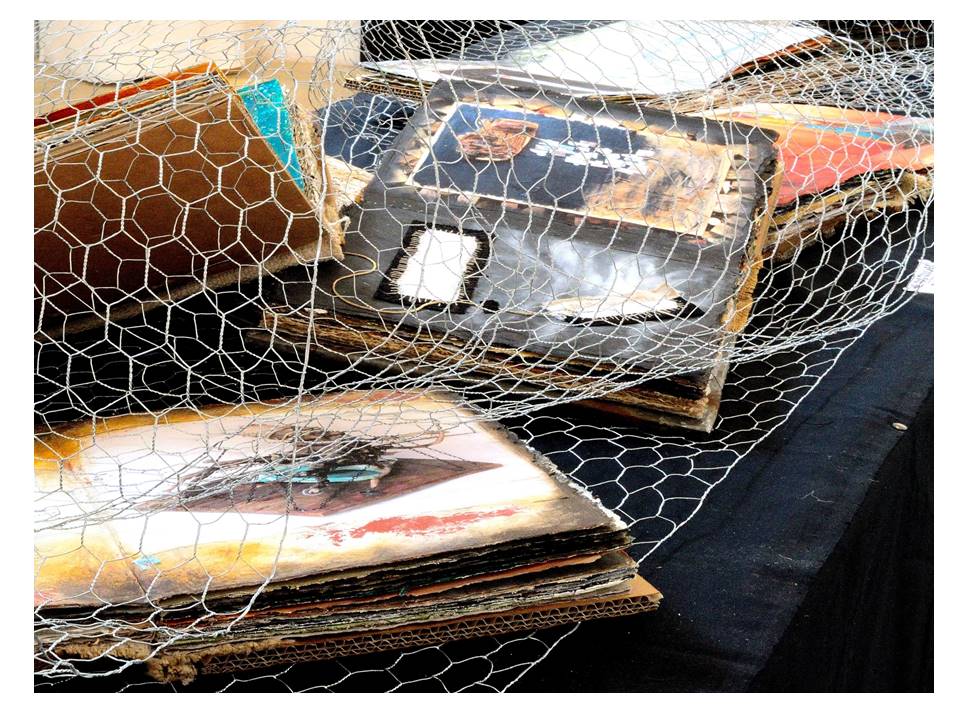
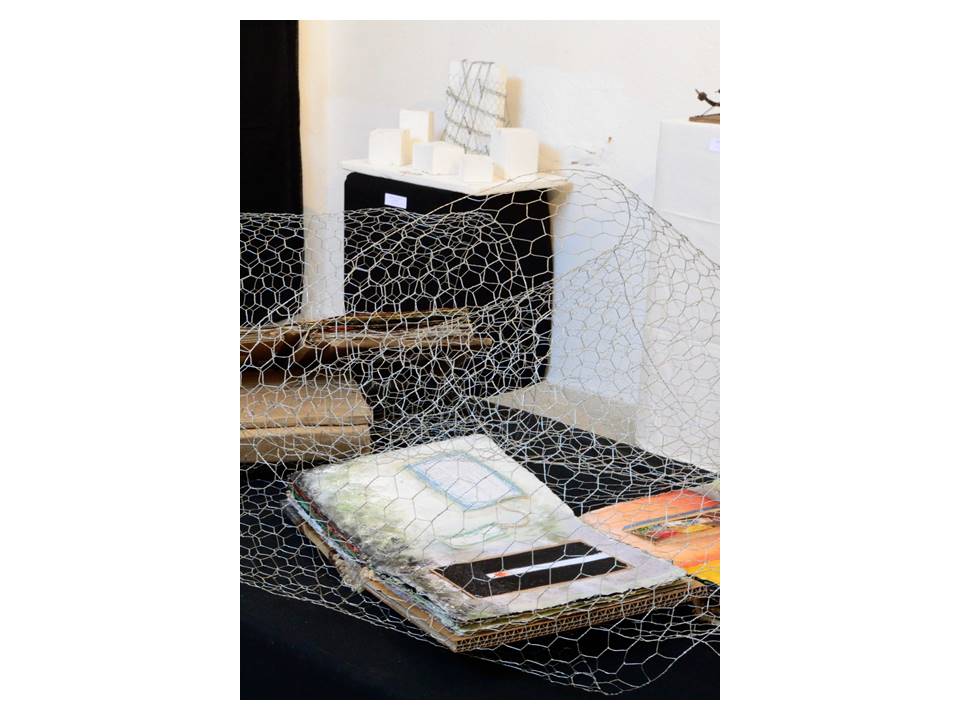

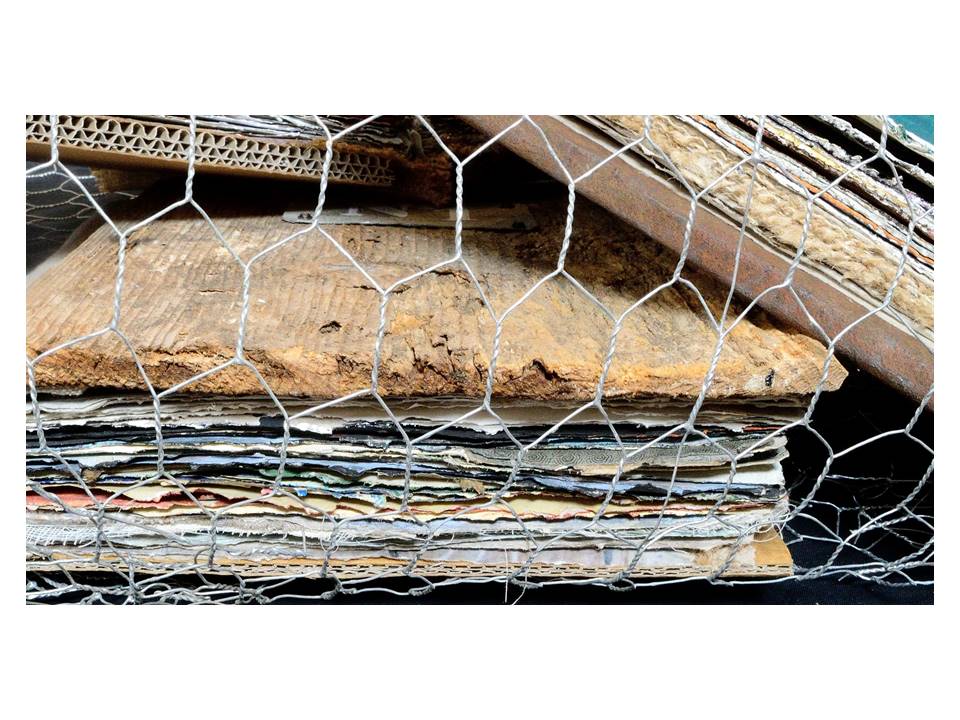
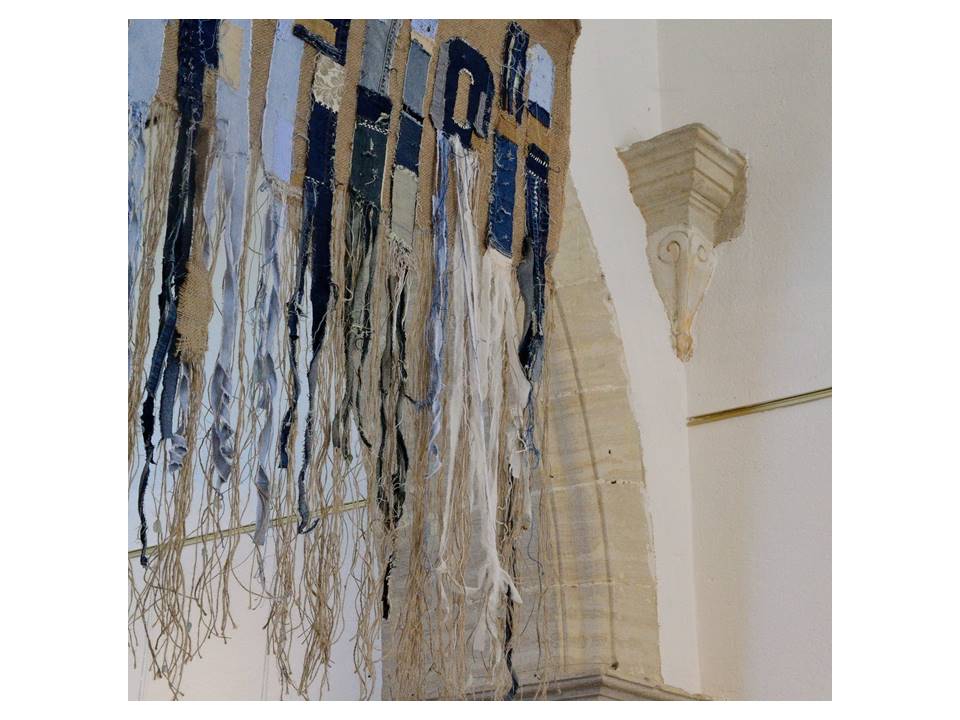
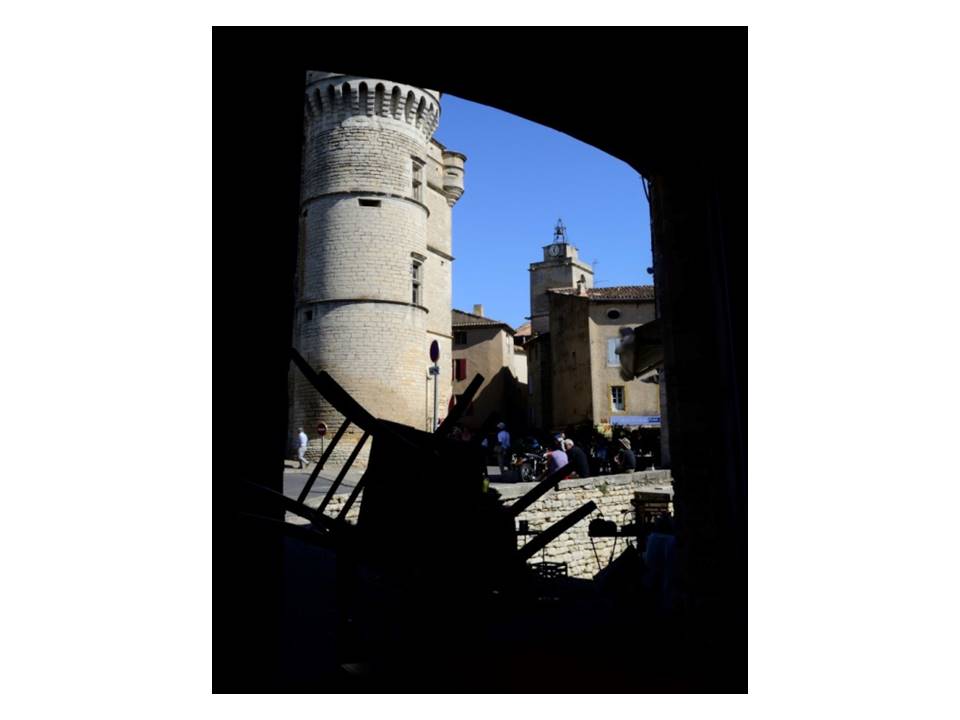
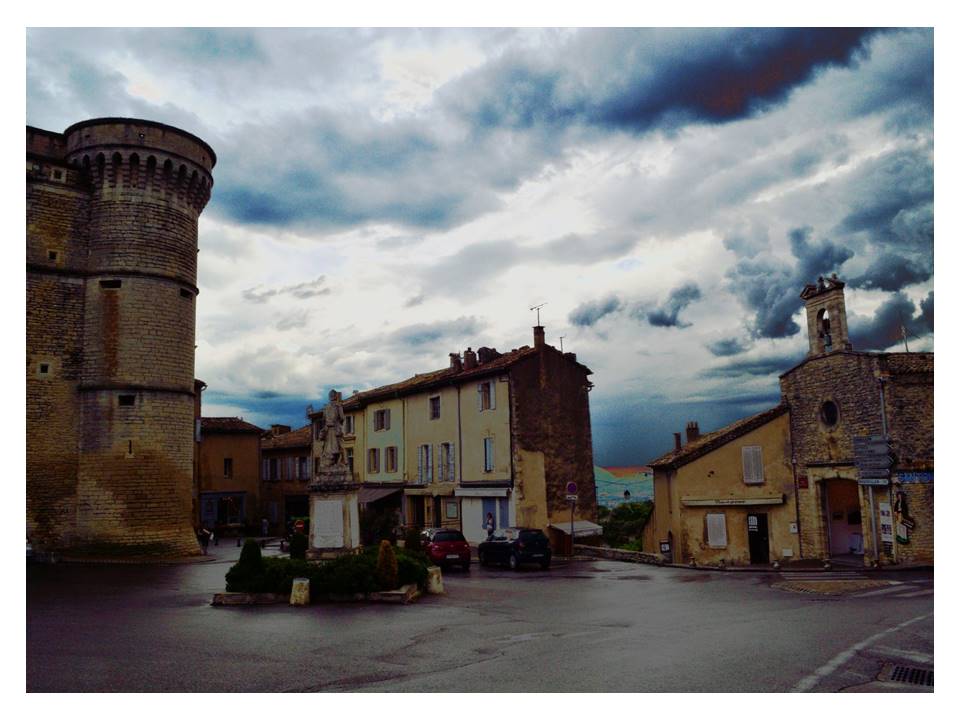

review
DISINTEGRATION
Andrea Fallini
Andrea Fallini
Disintegration is the symbolic title that Barbara Zanconato has given to the collection of her works produced in 2013, a title that lends itself to analysis and interpretations at different levels. From the sociological point of view, disintegration is the breaking of the integration with a social group, a disconnecting from those ethical, moral and cultural paradigms and constructions that are at the base, in a more or less implicit manner, of the behaviour and social dynamics that profoundly affect the free thoughts and actions of the individual. Family and society are the places where this process occurs.

It is in the family, in fact, that the groundwork is laid for the process of disintegration. The family as parental environment, as small social nucleus in which the first acts of imposition are made on the younger members, an imposition, more or less conscious, of a world view, of moral rules which are not always declared as such but which are often passed off as long traditions beyond the family, ways of seeing, of behaviour it has always been so and it is right that it stays so. The mechanism of modelling of an unconscious vision of ethics and morality of the new social component, the child, begins within this context. The child is not recognized as valid or worthy of his own view of things and the world, of his own opinion which may question if not overturn the preconceived, not recognised as being in possession of a personal taste, also because it would be inconvenient to have to consider those tastes. Special forms of up bringing and education are necessary for this process, whereby the subconscious of a child is deeply ingrained with the moral and behavioural rules and hierarchies that will then drive his existence within the social group. As a result, the child is not seen as a young adult, with his visions and predispositions to accept and if possible to develop, but, on the contrary, he is considered and treated as a puppy, unable to form his own opinions of the world, to be raised, educated and instructed, that is, to become an adult according to pre-established criteria and standards.
The development of a strong self-esteem is not supported, doubt is instilled in the child, a sense of failure and inadequacy to face life without learning the rules imposed on them by the family. In addition, the child who does not adapt, who is not homologous, instead of being understood, accepted and encouraged in all its diversity, becomes the naughty one, the different, maybe even the envious and often the subject of actions that create a sense of guilt to try to bring him back into the ranks, crushing his damaged self esteem under moral faults that do nothing but boost his insecurity.
And then this process is completed within society. In fact, with his comrades, the child can only seek approval and acceptance, paid with the price of sacrificing his individuality, to follow the behaviour and logic typical of the group (herd). It is not so different when it comes to educators.The ability and spirit of socialization are values that are taught to students from an early age, often beyond the limits of mutual respect.
In addition, the existing school systems, using standardized tools and teaching methods, have cancelled the fundamental role of empathy that could, or should be established between teacher and student in favour of a mechanization (that is to say, the bureaucracy) of the processes of teaching, learning and assessment that disregards the principle of personal diversity.
Added to this are the means of mass communication, another key component of modern society, which most definitely do not facilitate and support the development of individual consciousness. On the contrary, society, communication and advertising want us, if possible, to all be the same, so that trends, behaviours and choices (not only purchases) may be steered. Not to mention the remaining ideological or religious views, still widespread, which continue to profess our equality in a physical and not only potential way.
In addition, the existing school systems, using standardized tools and teaching methods, have cancelled the fundamental role of empathy that could, or should be established between teacher and student in favour of a mechanization (that is to say, the bureaucracy) of the processes of teaching, learning and assessment that disregards the principle of personal diversity.
Added to this are the means of mass communication, another key component of modern society, which most definitely do not facilitate and support the development of individual consciousness. On the contrary, society, communication and advertising want us, if possible, to all be the same, so that trends, behaviours and choices (not only purchases) may be steered. Not to mention the remaining ideological or religious views, still widespread, which continue to profess our equality in a physical and not only potential way.

Paradigms that therefore, little by little, every day, starting from an early age, through mechanisms at various levels, are instilled in a child and which mask the slow and continuous work of the cancellation of his individual consciousness, with an ever more complex corresponding adjustment to the rules and social mechanisms which reduce the individual to an identification code, a number, thus stripping a person of their uniqueness and human nature which, in this context, appear to be complements, redundant if not useless qualities, something to be exercised, if possible, only in the home environment.
From a more physical and personal standpoint, disintegration is representative of the process of complete breakdown, a rupture
of the structural unit which, in the case of Barbara Zanconato, we have to see from a more intimate and psychological angle, of the disintegration of a world view formed on the basis of ideals and hopes, actions and behaviours, that is to say, the main constituent elements of personality.
Disintegration, then, because the mechanism of cancellation of individual consciousness, in favour of the collective vision that we are all equal and therefore numbers, has been broken down.
From a more physical and personal standpoint, disintegration is representative of the process of complete breakdown, a rupture
of the structural unit which, in the case of Barbara Zanconato, we have to see from a more intimate and psychological angle, of the disintegration of a world view formed on the basis of ideals and hopes, actions and behaviours, that is to say, the main constituent elements of personality.
Disintegration, then, because the mechanism of cancellation of individual consciousness, in favour of the collective vision that we are all equal and therefore numbers, has been broken down.
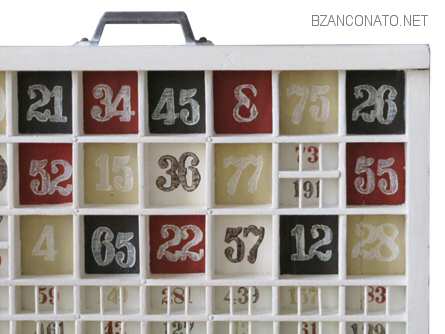
We realize the diversity and uniqueness of people, first and foremost, of themselves, and the diversity of possibilities and situations.
We realize that the paradigm is based on assumptions, hypotheses and axioms not only not accepted but not even considered, because never envisaged as such.
We realize that the vision is based on principles and ideals uninvited yet absorbed in a long process of unconscious diffusion. Also it is noted that these statements are continuously proclaimed but often emptied of their meaning and, moreover, even more often, denied by actions and behaviours.
The awareness of these issues results in the breakdown (disintegration) of the vision of the world as we find that these views which had long conditioned attitudes and feelings are no longer perceived as our own, they seem a foreign body that has been accepted for far too long.
Disintegration then becomes the turning point: the collapse of a belief system and a way of seeing things, the time to reject a body which has become a stranger. It is a moment of loneliness and despair in which we must be honest with ourselves. It turns out that, for too long, we have forgotten ourselves and our feelings, lost during the race to gain aspirations which are not our own, blocked by disguised locks and chains and by very long, invisible umbilical cords, encircled by solid barriers that limit a perception of the wealth and diversity of the world. Everything breaks down and yet at the same time a slow descent into ourselves then begins, a descent matched by an equally deep sense of loneliness. Like that of mothers who have found themselves, long incited and accompanied to the dream of an ideal motherhood, one made only of romantic moments, but then, after the excitement of the new birth, often alone with the realization that all is not as golden as painted.
But this internal withdrawal and search for ourselves offers an invaluable opportunity to hear the truest part of us, to draw from the inexhaustible source of vital energy present in the deepest part of each of us.
We realize that the paradigm is based on assumptions, hypotheses and axioms not only not accepted but not even considered, because never envisaged as such.
We realize that the vision is based on principles and ideals uninvited yet absorbed in a long process of unconscious diffusion. Also it is noted that these statements are continuously proclaimed but often emptied of their meaning and, moreover, even more often, denied by actions and behaviours.
The awareness of these issues results in the breakdown (disintegration) of the vision of the world as we find that these views which had long conditioned attitudes and feelings are no longer perceived as our own, they seem a foreign body that has been accepted for far too long.
Disintegration then becomes the turning point: the collapse of a belief system and a way of seeing things, the time to reject a body which has become a stranger. It is a moment of loneliness and despair in which we must be honest with ourselves. It turns out that, for too long, we have forgotten ourselves and our feelings, lost during the race to gain aspirations which are not our own, blocked by disguised locks and chains and by very long, invisible umbilical cords, encircled by solid barriers that limit a perception of the wealth and diversity of the world. Everything breaks down and yet at the same time a slow descent into ourselves then begins, a descent matched by an equally deep sense of loneliness. Like that of mothers who have found themselves, long incited and accompanied to the dream of an ideal motherhood, one made only of romantic moments, but then, after the excitement of the new birth, often alone with the realization that all is not as golden as painted.
But this internal withdrawal and search for ourselves offers an invaluable opportunity to hear the truest part of us, to draw from the inexhaustible source of vital energy present in the deepest part of each of us.

And it is here that we come in touch with the real person we are but which we have not been able to know, with that part of us that really belongs to us and represents us, but that, without realizing it, for too long we have kept hidden, bound, gagged, choked under layers of sediment.
And so this Disintegration and the resulting traumatic, even tragic rubble also become an unavoidable and essential step of a new process, artistic as well as human, a repossession and reconstruction of her personality, of her own conscience, of her vision and, for the artist, even of her own creative path.
Each of us must reorganize the chaos that hidden within us. This is the programmatic phrase hidden in one of her works, as is often the hidden inner chaos of many of us. On the other hand this process of internal reorganization cannot start without the removal of the debris, what was completed before must now be cleared away in order to expose the unique and valuable which was hidden. And to do this, everything is sieved, sifted through a different sensibility, in order to separate what now appears to be a gap, a typographical error, since it can still be useful to feed the flame still burning and turn it into a burning fire to rebuild a new, truly own vision of themselves, the world and things.
Disintegration, the collection of the latest works of Barbara Zanconato, is this: an unconscious but polished interior diary outlining the various moments of this change in perspective. A sincere path, intimate and autobiographical, but, because of this, engaging and universal as it goes straight to the conscience of each of us.
And so this Disintegration and the resulting traumatic, even tragic rubble also become an unavoidable and essential step of a new process, artistic as well as human, a repossession and reconstruction of her personality, of her own conscience, of her vision and, for the artist, even of her own creative path.
Each of us must reorganize the chaos that hidden within us. This is the programmatic phrase hidden in one of her works, as is often the hidden inner chaos of many of us. On the other hand this process of internal reorganization cannot start without the removal of the debris, what was completed before must now be cleared away in order to expose the unique and valuable which was hidden. And to do this, everything is sieved, sifted through a different sensibility, in order to separate what now appears to be a gap, a typographical error, since it can still be useful to feed the flame still burning and turn it into a burning fire to rebuild a new, truly own vision of themselves, the world and things.
Disintegration, the collection of the latest works of Barbara Zanconato, is this: an unconscious but polished interior diary outlining the various moments of this change in perspective. A sincere path, intimate and autobiographical, but, because of this, engaging and universal as it goes straight to the conscience of each of us.
Of further interest and in addition to the more recent works, there is a small painting dating back to 2009, never before presented to the public, where we can see the perfect symmetry between the symbolism expressed in the work and the subsequent personal psychological and creative journey of the artist, i.e. the Disintegration, which at the time had yet to mature but which her artistic sensibility already felt and was able to portray. This introduces another intriguing element to our discussion: the ability of art to sense beyond and announce, in the etymological sense.
In this light, the artist becomes a sort of shaman, the instrument, unconscious, of an autonomous power that manifests itself through her work; as such, the artist has the ability to represent not only what is there but that which has yet to materialize, has the ability to make visible that which is not clear even to herself. And it is this sensitivity, we could call it magic, which opens new worlds and environments as not yet materially present.
With Barbara Zanconato, the Artist returns to being an expression of the unfathomable complexity of the world, the mysterious and inexplicable part which can be perceived by those feelings and insights that she is able to detect. When this happens, as André Breton said, it is always "Magical art".
In this light, the artist becomes a sort of shaman, the instrument, unconscious, of an autonomous power that manifests itself through her work; as such, the artist has the ability to represent not only what is there but that which has yet to materialize, has the ability to make visible that which is not clear even to herself. And it is this sensitivity, we could call it magic, which opens new worlds and environments as not yet materially present.
With Barbara Zanconato, the Artist returns to being an expression of the unfathomable complexity of the world, the mysterious and inexplicable part which can be perceived by those feelings and insights that she is able to detect. When this happens, as André Breton said, it is always "Magical art".
